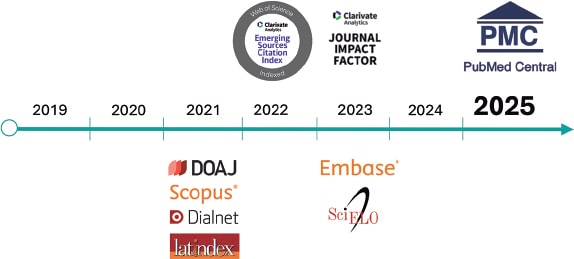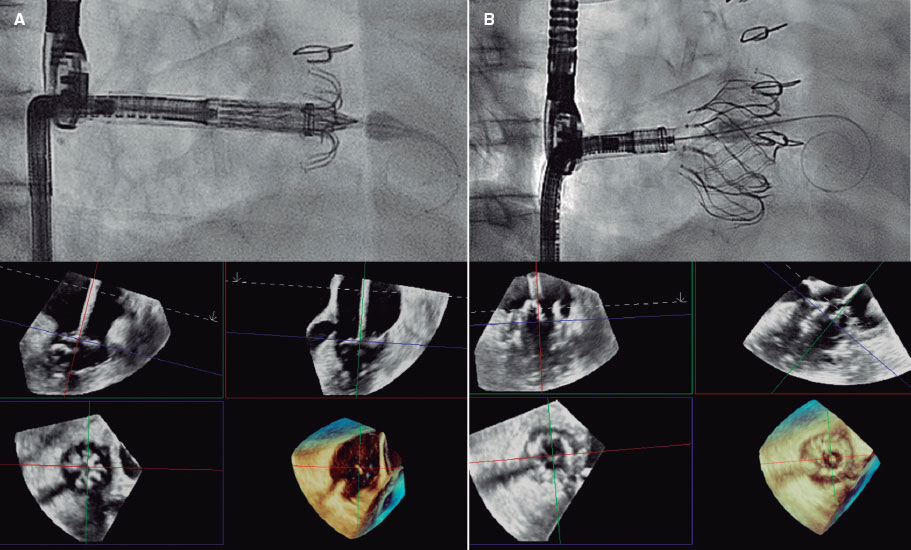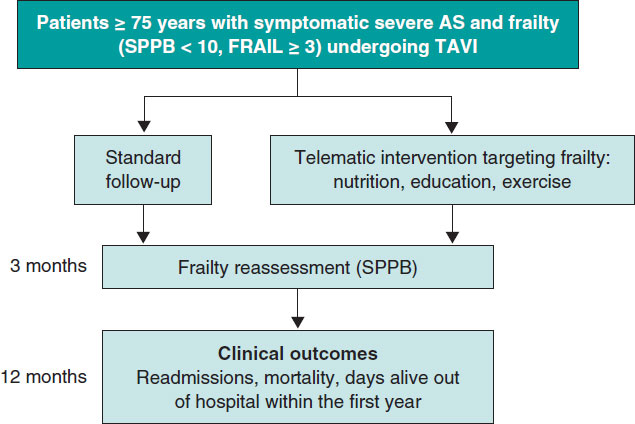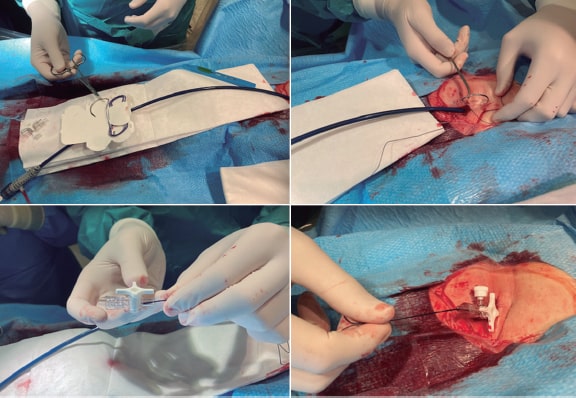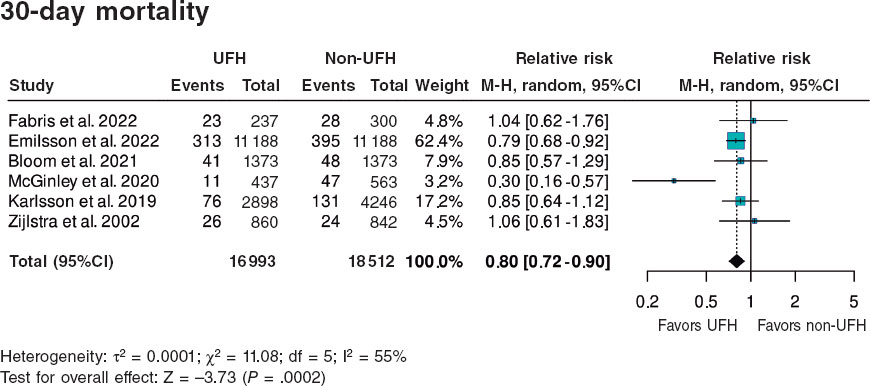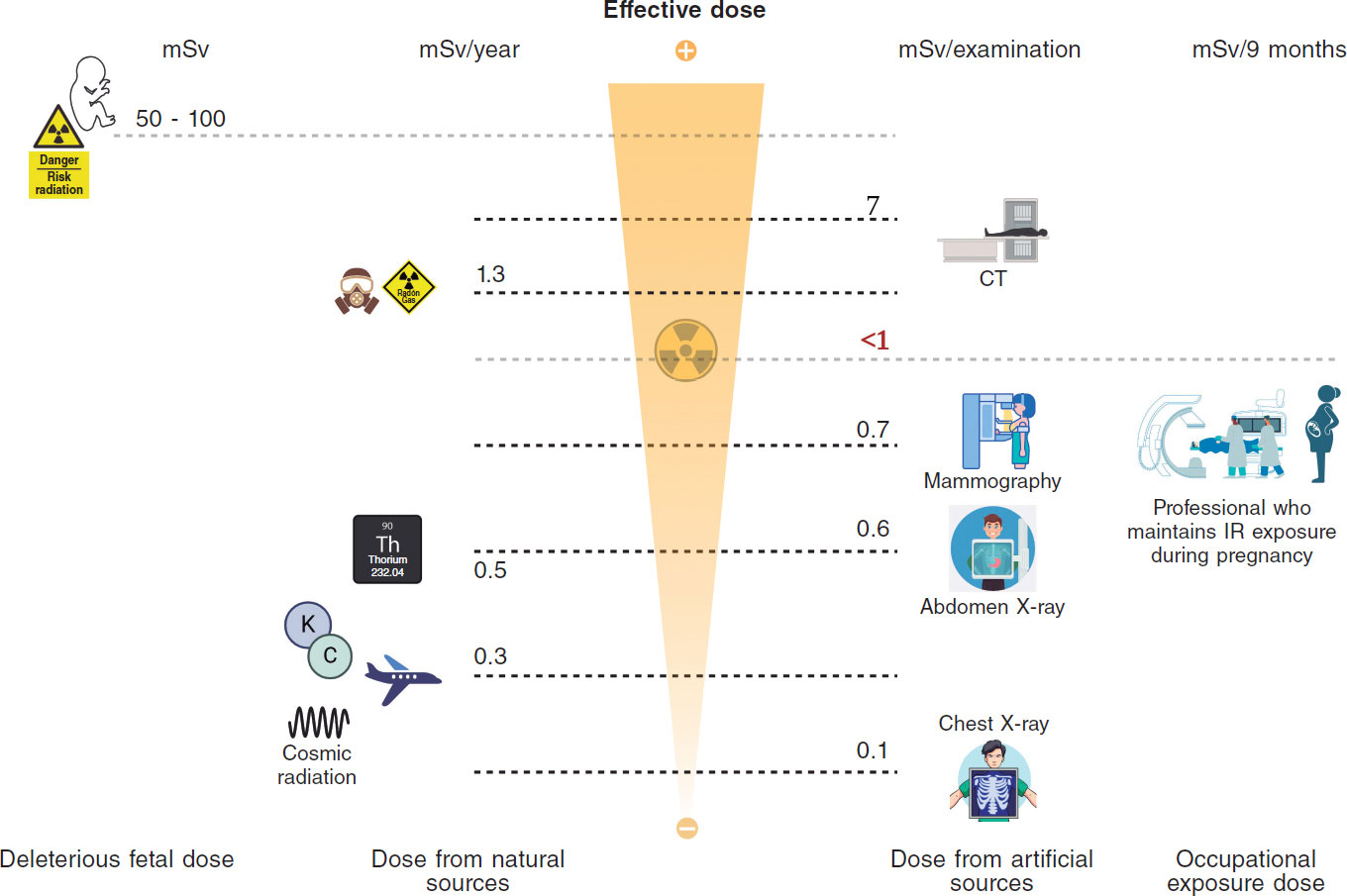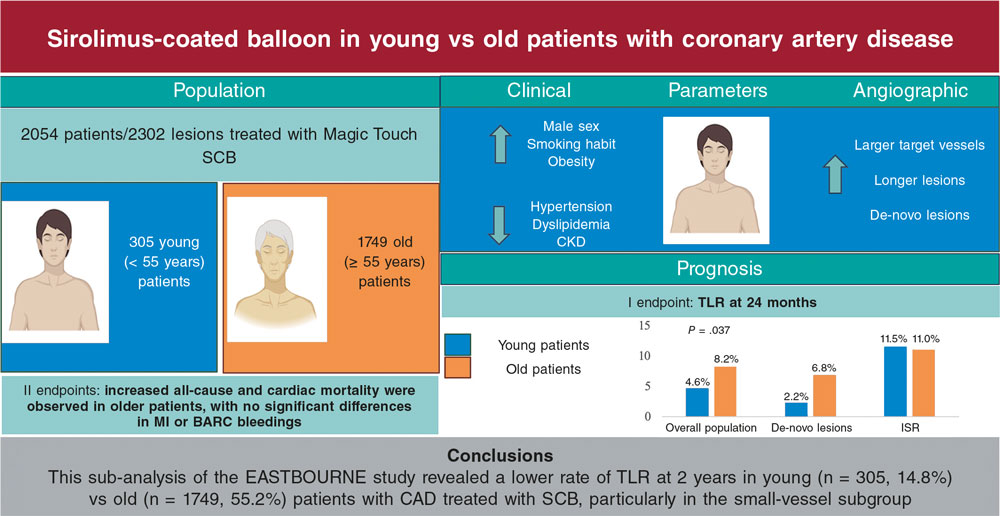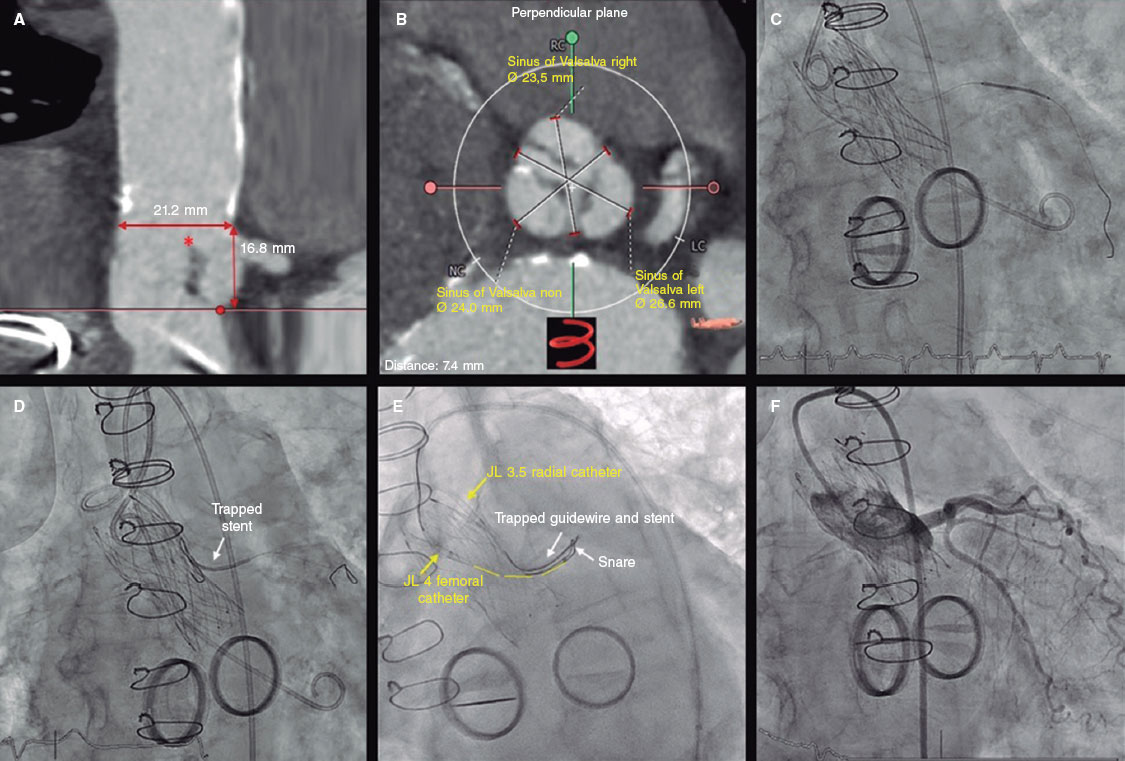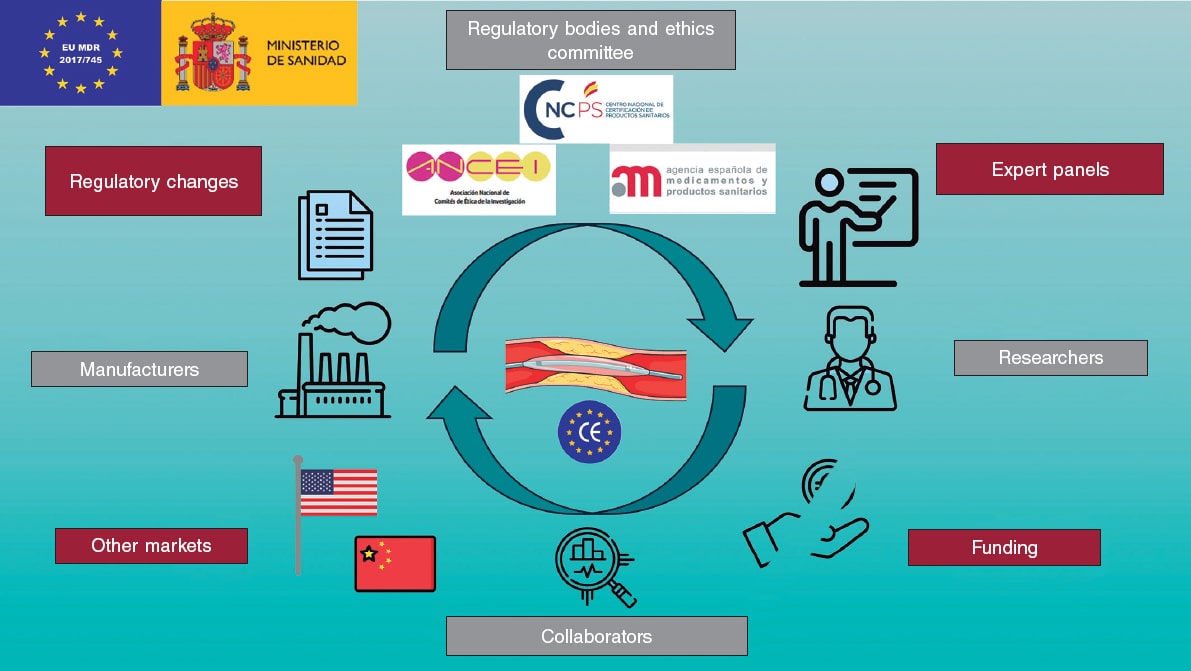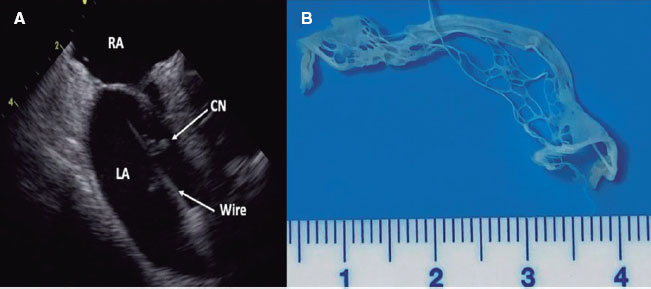QUESTION: Clinical practice guidelines have raised the recommendation level for the use of intravascular imaging during percutaneous revascularization procedures for complex lesions to class I. Can you briefly explain the basis for this change?
ANSWER: The change of recommendation made in the European Society of Cardiology (ESC) guidelines to class I and evidence level A for the management of chronic coronary syndrome1 is based on 5 main references: 3 randomized clinical trials published in 2023 in the N Engl J Med,2-4 which included a total of 5327 patients, and 2 meta-analyses published in the J Am Coll Cardiol (2023)5 and Lancet (2024),6 with a total of 38,648 patients. These trials showed a reduction in major cardiovascular adverse events and target vessel failure compared with the angiography-guided procedure alone.
Although only 1 of the randomized clinical trials2 did not show statistically significant benefits in the clinical endpoint of target vessel failure, it did show improvements in stent minimal area assessment by imaging, which were significantly greater in patients treated with optical coherence tomography (OCT). The studies mentioned in the guidelines were conducted in populations with complex lesions, including bifurcations,3,4 chronic total occlusions,2,4 diffuse disease (≥ 38 mm2 or ≥ 28 mm2), severe calcification,2,4 multivessel disease,4 diffuse restenosis,2 ostial lesions,4 and left main coronary artery disease.3,4 The rates of diabetic patients varied across studies (18%,3 28%,4 and 40%2), and high rates of acute coronary syndrome were reported (50%4 and 59.5%2).
The most recent meta-analysis5 with 15,964 patients allocated to intravascular ultrasound (IVUS) or OCT vs coronary angiography-guided angioplasty showed a 45% reduction in cardiac death, a 18% reduction in target vessel myocardial infarction, a 28% reduction in lesion revascularization, a 61% reduction in stent thrombosis, a 25% reduction in all-cause mortality, and a 17% reduction in global infarction, with no significant differences being reported between IVUS and OCT.
Q.: According to data from the activity registry of the Interventional Cardiology Association of the Spanish Society of Cardiology (ACI-SEC), intravascular imaging is used in 15% of patients treated with percutaneous revascularization. Do you think this new recommendation will increase that figure? What are the barriers to greater implementation of these techniques?
A.: In the 2023 ACI-SEC registry,7 intracoronary imaging and pressure wire-guided percutaneous coronary interventions (PCI) remain stable at around 15% of cases, with 7% corresponding to IVUS and 3% to OCT; similar figures to those from 2022, with a slight increase in OCT use. The new European guidelines recommendation should encourage its use. However, there may be initial barriers to its implementation, including:
- – Cost: cost-effectiveness analyses have shown that despite higher initial procedural costs, both IVUS and OCT are favorable in the mid- and long-term due to the reduction in adverse events and reinterventions.8-10
- – Procedural time: the incorporation of intracoronary imaging may extend PCI procedural time. Although this time has been significantly reduced compared with the early days of the technique,11,12 it can vary depending on factors such as coronary anatomy, intervention complexity, the experience of the heart team, and the existence of systematic analysis protocols. New automatic or semi-automatic analysis programs and co-registration can reduce analysis times and, substantially, aid decision-making.
- – Team training: training in the use of devices and intracoronary imaging analysis should be incorporated into both basic interventional cardiology training and continuing education programs. This will be essential to minimize the immediate minimal incremental risks associated with its use2 and make it a systematic tool. Its integration has the potential to significantly reduce adverse events such as cardiac death and target vessel failure.5
Q.: Although, in general, the new recommendation is indicated for complex lesions, it particularly highlights left main coronary artery disease, true bifurcations, and long lesions. Could you elaborate which lesions, in your opinion, would benefit most from the use of intravascular imaging in treatment?
A.: The new clinical practice guidelines on the management of chronic coronary syndrome support the use of intracoronary imaging based on the above-mentioned studies,2-6 in which, at least, 5327 patients exhibited complex lesions. This represents about a third of all 15,964 patients included in the most recent meta-analysis;6 however, it also included other studies with patients with complex lesions, such as long lesions, left main coronary artery disease, ST-segment elevation and non-ST-segment elevation myocardial infarctions, and chronic total occlusions, as well as patients with less complex lesions. With current evidence, there are scenarios—rather than individual lesions—where the use of intracoronary imaging should be considered essential, such as left main coronary artery disease, coronary artery occlusions, complex bifurcations, severely calcified coronary lesions, PCI-related complications, spontaneous coronary dissection requiring intervention, long lesions, lesions with a high thrombotic burden, target lesion failure, diabetic patients, and those with multivessel disease.
Q.: The complexity of interventions is not only determined by anatomical complexity, as we know that there are clinical situations that impose challenges as well. In your opinion, what clinical scenarios or factors should encourage the use of intravascular imaging to optimize procedures?
A.: The use of intracoronary imaging is supported in virtually all clinical scenarios. Although the ESC guidelines on the management of chronic coronary syndrome1 have formalized its recommendation, the meta-analyses supporting this indication include both chronic and acute clinical contexts and address most coronary artery lesions, from simple to highly complex. Moreover, integrating coronary physiology with intracoronary imaging could be a key element to optimize outcomes in percutaneous coronary treatment offering a more precise approach to the intervention.13
Q.: In general, when do you use intravascular imaging?
A.: In my routine clinical practice, I use intracoronary imaging primarily in complex PCI cases, such as left main coronary artery disease, diffuse disease, chronic total occlusions, bifurcations not treated with provisional stent techniques, or severely calcified coronary lesions, as well as in cases of treatment failure of previously treated segments and PCI-related complications. I foresee incorporating intracoronary imaging systematically in diabetic patients and in the planning of treatments with drug-eluting balloons to optimize results and further individualize the intervention strategy.
Q.: When you use imaging, when do you prefer IVUS and when OCT?
A.: In my everyday practice, I rather use IVUS for the evaluation of left coronary artery disease, in unstable patients, in those with renal insufficiency, in cases of high thrombotic burden, dissection, and for managing PCI-related complications. Conversely, I use the OCT in situations of target lesion failure, both in stents and in segments previously treated with drug-eluting balloons, in severely calcified coronary lesions, and in cases of diffuse disease, particularly in diabetic patients, in whom co-registration helps to more precisely delineate the segments that need to be treated.
FUNDING
None declared.
STATEMENT ON THE USE OF ARTIFICIAL INTELLIGENCE
No artificial intelligence was used in the development of the concept of this manuscript.
CONFLICTS OF INTEREST
None declared.
REFERENCES
1. Vrints C, Andreotti F, Koskinas K, et al. 2024 ESC Guidelines for the management of chronic coronary syndromes of the European Society of Cardiology (ESC). Eur Heart J. 2024;45:3415-3537.
2. Ali ZA, Landmesser U, Maehara A, et al. Optical coherence tomography-guided versus angiography-guided PCI. N Engl J Med. 2023;389:1466-1476.
3. Holm NR, Andreasen LN, Neghabat O, et al. OCT or angiography guidance for PCI in complex bifurcation lesions. N Engl J Med. 2023;389:1477-1487.
4. Lee JM, Choi KH, Song YB, et al. Intravascular imaging-guided or angiography-guided complex PCI. N Engl J Med. 2023;388:1668-1679.
5. Kuno T, Kiyohara Y, Maehara A, et al. Comparison of intravascular imaging, functional, or angiographically guided coronary intervention. J Am Coll Cardiol. 2023;82:2167-2176.
6. Stone GW, Christiansen EH, Ali ZA, et al. Intravascular imaging-guided coronary drug-eluting stent implantation:an updated network meta-analysis. Lancet. 2024;403:824-837.
7. Bastante T, Arzamendi D, Martín-Moreiras J, et al. Spanish cardiac catheterization and coronary intervention registry. 33rd official report of the Interventional Cardiology Association of the Spanish Society of Cardiology (1990-2023). Rev Esp Cardiol. 2024;77:936-946.
8. Sharp A, Kinnaird T, Curzen N, et al. Cost-effectiveness of intravascular ultrasound-guided percutaneous intervention in patients with acute coronary syndromes:A UK perspective. Eur Heart J Qual Care Clin Outcomes. 2024;10:677-688.
9. Hong D, Lee J, Lee H, et al. Cost-Effectiveness of Intravascular Imaging-Guided Complex PCI:Prespecified Analysis of RENOVATE-COMPLEX-PCI Trial. Circ Cardiovasc Qual Outcomes. 2024;17:010230.
10. Zhou J, Liew D, Duffy S, et al. Intravascular Ultrasound Versus Angiography-Guided Drug-Eluting Stent Implantation:A Health Economic Analysis. Circ Cardiovasc Qual Outcomes. 2021;14:006789.
11. Mudra H, Di Mario C, Jaegere H, et al. Randomized comparison of coronary stent implantation under ultrasound or angiographic guidance to reduce stent restenosis (OPTICUS Study). Circulation. 2001;12:1343-1349.
12. Serra Peñaranda A. Ultrasonidos intracoronarios:¿una técnica necesaria en la implantación de stents?Argumentos en contra. Rev Esp Cardiol. 1999;52:390-397.
13. Fezzi S, Ding D, Mahfoud F, et al. Illusion of revascularization:does anyone achieve optimal revascularization during percutaneous coronary intervention?Nat Rev Cardiol. 2024;21:652-662.



